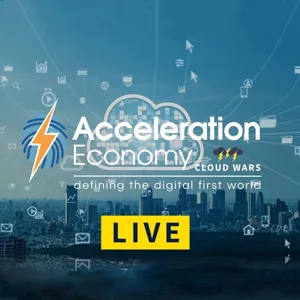Nokia's Mark Bunn on Telecom's Future| Cloud Wars Live

Telecom SaaS Evolution
The Big Themes:
- Telecom SaaS defined: Telecom SaaS refers to a set of cloud-native services delivering business outcomes. Networks are evolving from traditional connectivity-focused structures to dynamic, capability-driven ecosystems. Telecom SaaS signals a transition from conventional telecommunication models to a more agile, business-focused paradigm.
- Security concerns: Nokia and its cloud partners have taken robust measures to address security concerns. Their approach includes stringent security reviews and privacy management, ensuring multiple layers of security for Telecom Saas. Nokia also undergoes accreditations and independent analysis. These steps help instill confidence in customers regarding software security.
- Shift to OpX model: In the Telecom SaaS transition, there's a shift from a CapEx to an OpEx model. This represents a significant change for an industry traditionally dominated by hardware-centric and CapEx-driven approaches. There are potential advantages to embracing an OpEx model, like lower total cost of ownership (TCO). But Nokia also has options to capitalize, if that's what the customer needs.
The Big Quote: " . . . software-as-a-service demand is starting to move closer to the network in areas like security, the security applications . . . and then just network management. All of those types of applications have already started to move, as an extension of IT software-as-a-service, to be closer to the network and become what we've been referring to as Telecom SaaS . . . "